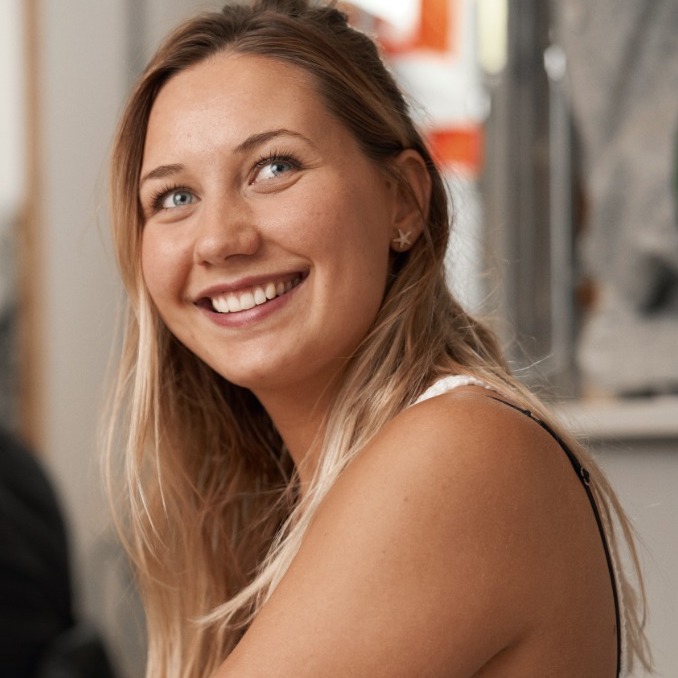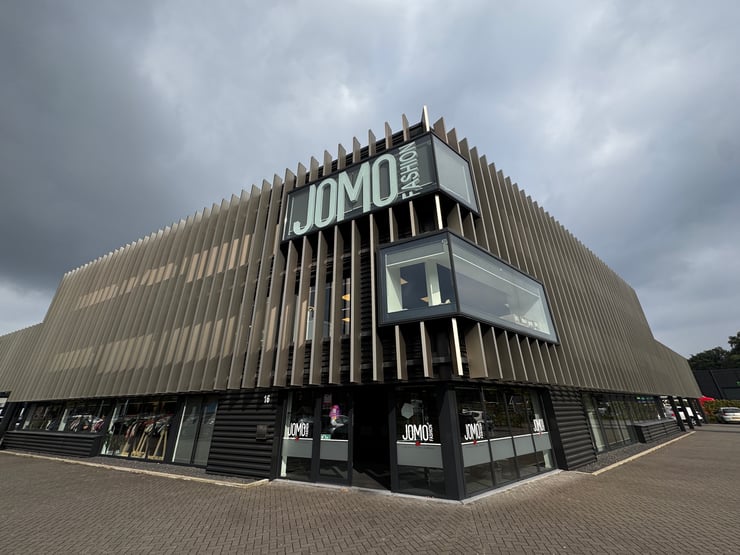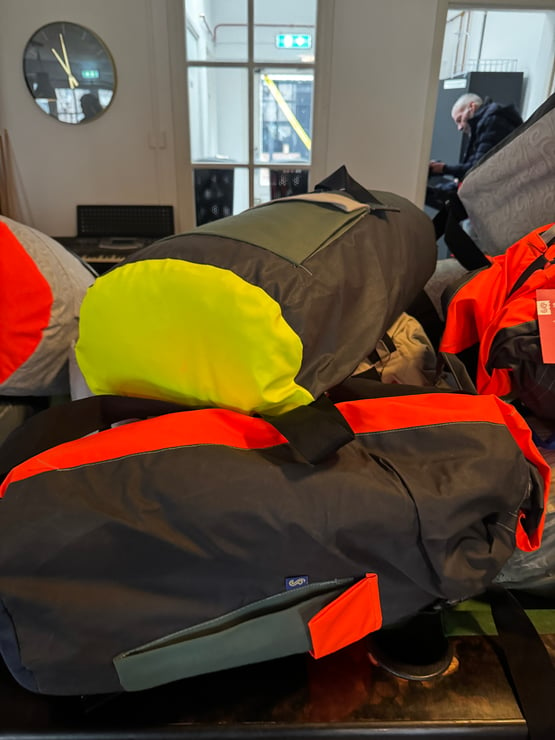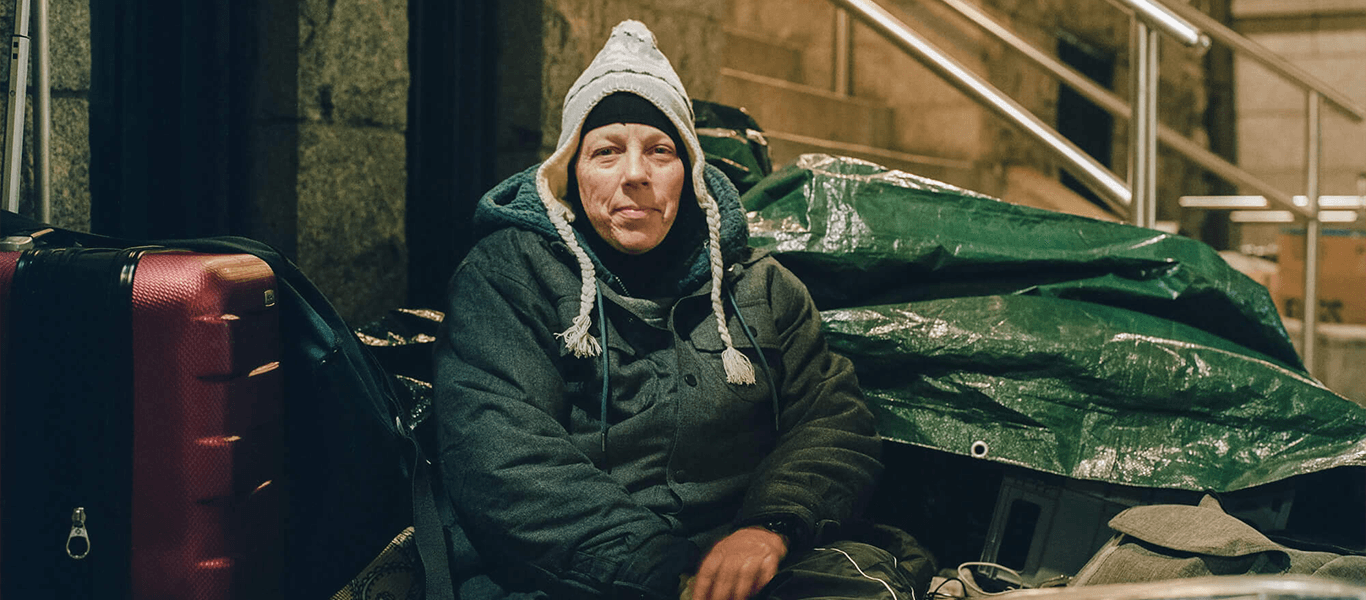A review of the trip to Lesbos
Photographer Tony Dočekal travelled to Lesvos with Sheltersuit this month to capture the situation in the camps and distribute packs to children in need. She was along because, besides distributing suits, Sheltersuit wants to give a face to the issues in the refugee camps. On the islands, thousands of children are trapped by necessity because they are not allowed to enter Europe. The islands are not prepared for such a large influx of people. Living conditions are becoming increasingly dire as temperatures drop. Together with UNICEF, Sheltersuit distributed 879 suits to children in need.
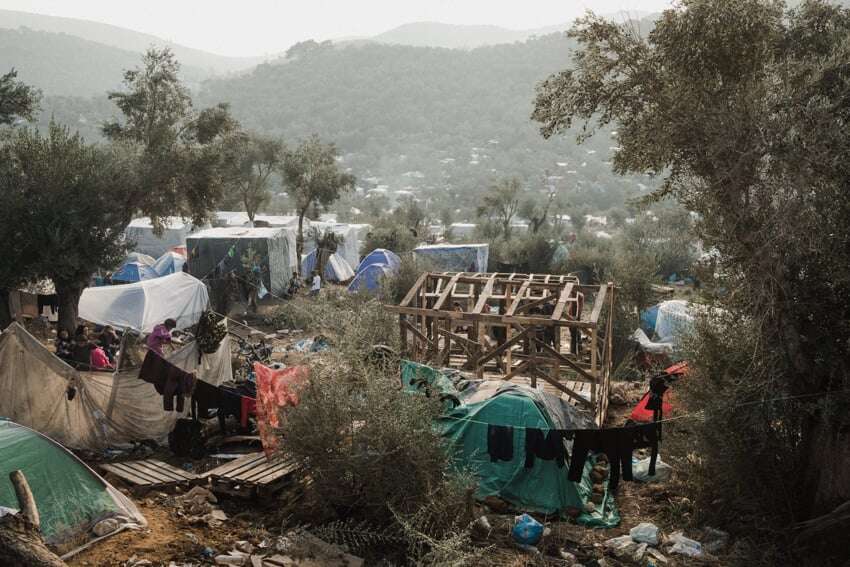
Eerste keer naar een vluchtelingenkamp
For Sheltersuit, Tony has travelled extensively. She has helped hand out packs in New York, Chicago, Dortmund and Cape Town. This was her first trip to a refugee camp. She made the flight together with Bas, the founder of Sheltersuit. ‘Bas already tried to prepare me on the plane for what I was going to see. That was actually impossible to do. The hopelessness and grim atmosphere that prevails in the camps is very harrowing. It smells strange there. How it smells when thousands of people live so close together, it's like a rubbish dump. It is very unpleasant.’
Children in need
Sheltersuit has recently developed special suits for children in need. There are different variants such as teardrop bags, walking suits similar to children's ski suits and a children's edition of the Sheltersuit has been made. This is a zip-off jacket with sleeping bag in which older children can also sleep.
These suits were made because the suffering for children is great in refugee camps. In total, more than 37,000 children are trapped in Greece. Besides families, there are also many children without parents who are often severely traumatised. More than half are under 12 years old, UNICEF figures show.
The safe zone
The children who have been through the most are in the Safe Zone. This is an area in Camp Moria for unaccompanied minors, where UNICEF supervises. Here, Sheltersuit distributed children's suits. ‘We came here for the first time on Monday morning. The Safe Zone contains orphans, children with trauma and children who have lost sight of their parents during the dangerous journey to Europe. It is very difficult to see the suffering these children have gone through. You can see it in their faces. As if there is some kind of shadow over them. The carefree is completely gone.’

During the handout, there was a convivial atmosphere. ‘We had been told in advance that there would be a surprise for everyone. In the last few days, it had rained a lot and all the clothes had got wet. So the Sheltersuits we had with us were warmly received. All the parents were very happy that their children were warm and dry again.’
Surviving in a hopeless situation
Not every child can stay in the Safe Zone. There are also many children in the camps who have to fend for themselves. Even during cold months in winter. Many children walk outside in the cold without coats or shoes. Once the clothes are wet they do not dry quickly under the current weather conditions. Families live in the open or in leaky tents.
Tony: ‘I am reminded of a family with an 11-year-old boy. They have been staying with their family in a tent in Camp Moria for six months. They fled the war from Afghanistan. The little boy was given a Sheltersuit by us and we asked him for his greatest wish of all. His answer? I hope I survive this. Not just me, but all the children who live here. And if I don't survive this, I hope my sister does.’ The interview with him can be seen back in it a video recorded by the NOS Youth News.

What I have seen on Lesvos - as a photographer for Sheltersuit, but also as a European - makes me sad and angry.
Many memories
To put a face to the issues, it is important to really engage with people, according to Tony. ‘There are many people who stick in my mind when I think back to Lesbos. I think of all the parents and the impossible choices they had to make. Who left everything behind to make a dangerous crossing with their children, hoping for a better life. We were invited into a tent, for example. Proudly, the man showed off his little garden. He told us he had been attacked a few days ago. His wife had to go to the toilet in the night. He went along to assist with the torch from his mobile phone. Suddenly, he was attacked by men with knives who wanted to rob him of his phone. He defended himself and cried loudly for help and under no circumstances handed over his phone. Why he did not give the phone? That was his last and most important possession. There were so many precious photos on it and it is the only way to stay in touch with his family. Unimaginable.’
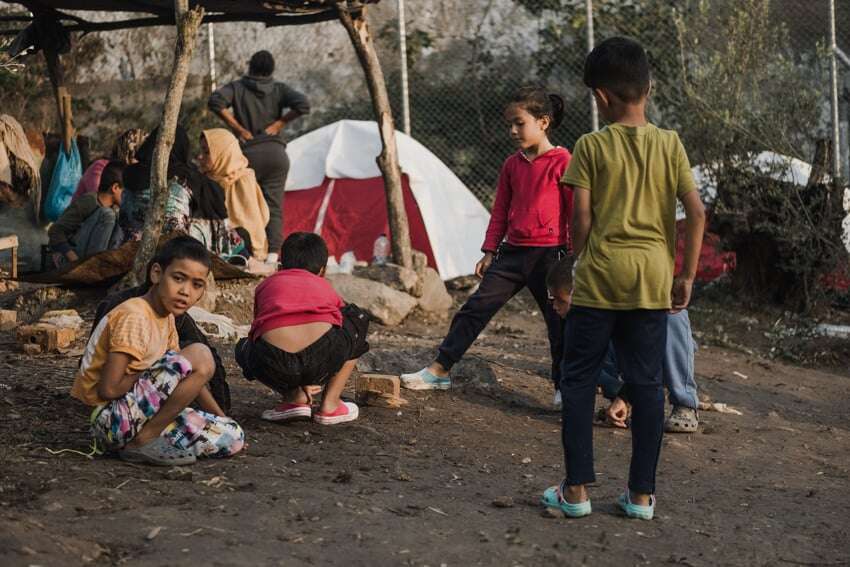
It makes Tony sad to see all these people and children stuck here and that Europe is not responding in an acceptable way. ‘It seems like no one knows how to proceed.... It is dangerous here, inhuman, let alone a place for children.’
Tony's experiences and photos are featured in this article. Her story has also been released as a podcast in the Sheltersuit Stories series. Listen to the podcast on iTunes, Spotify or Google.









